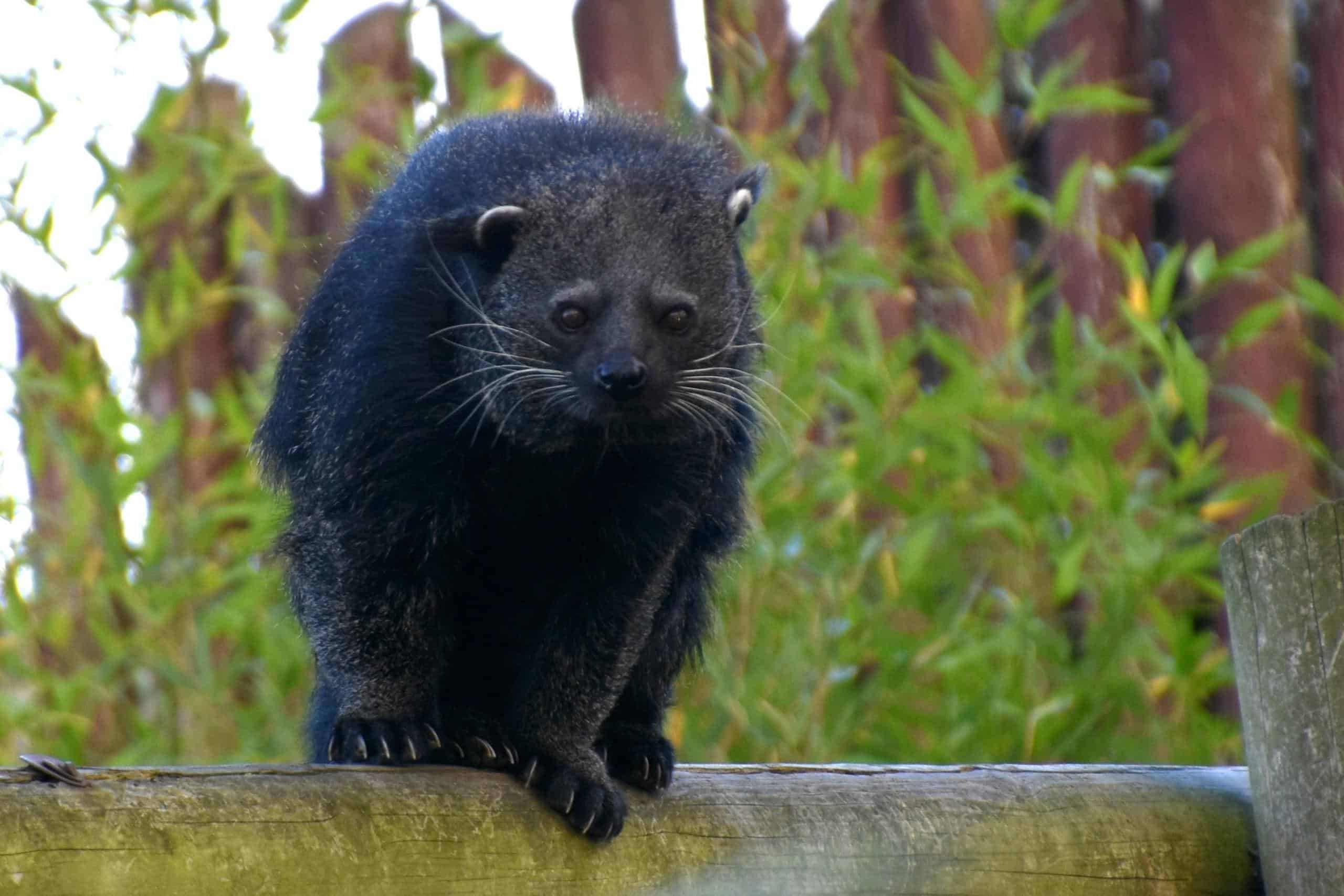The Enigmatic Binturong: A Plea for Preservation
In the depths of the lush rainforests of Southeast Asia dwells a mysterious creature, the binturong. With its striking appearance and enigmatic behavior, this arboreal mammal captivates the imagination of all who encounter it. However, beyond its charismatic charm, lies a pressing need for conservation efforts to ensure the survival of this unique species.
The binturong, also known as the bearcat, holds a special place in the intricate web of biodiversity that sustains our planet. Despite its relative obscurity, the binturong plays a crucial role in maintaining the delicate balance of its ecosystem. As a symbol of the rich natural heritage of its habitat, safeguarding the binturong is not merely an option but an imperative for the preservation of our world's biological diversity.
Habitat and Behavior
The binturong, also known as the bearcat, is a fascinating creature with a unique habitat and behavior. These animals are primarily found in the dense forests of Southeast Asia, including countries like Indonesia, Malaysia, and the Philippines. Binturongs are adept climbers and spend much of their time in the forest canopy, where their prehensile tails provide excellent balance and agility.
In their natural habitat, binturongs are primarily nocturnal, meaning they are most active during the night. This behavior helps them avoid predators and also allows them to hunt for food more efficiently. Binturongs are omnivores, with a diet that includes fruits, birds, small mammals, and insects. Their keen sense of smell plays a crucial role in locating food sources in the dense jungle environment.
Despite their solitary nature, binturongs are known to communicate with each other using a variety of vocalizations, including grunts, snorts, and chatters. These social interactions are essential for mating, marking territories, and establishing hierarchy within the population. By understanding the habitat and behavior of binturongs, we can better appreciate the importance of preserving their natural environment for future generations.
Threats and Conservation

The binturong, also known as the “bearcat,” faces numerous threats to its survival in the wild. Deforestation, primarily due to logging activities and the expansion of agriculture, has significantly reduced the binturong's habitat. This loss of habitat has forced these unique creatures into smaller and more fragmented areas, making it challenging for them to find food, mate, and thrive.
Another threat to the binturong population is hunting and illegal wildlife trade. These beautiful animals are often hunted for their fur, meat, and as pets. The demand for binturongs in the exotic pet trade further endangers their population in the wild. Additionally, binturongs are sometimes victims of human-wildlife conflict, with conflicts arising due to their presence near human settlements.
Efforts must be made to ensure the conservation of the binturong species. Conservation initiatives should focus on protecting and restoring their natural habitats, implementing stricter laws and regulations against hunting and trading of binturongs, and raising awareness about the importance of preserving these enigmatic creatures. Cooperation between governments, conservation organizations, and local communities is crucial in safeguarding the binturong for future generations.
Unique Characteristics
The binturong, also known as the “bearcat,” possesses a distinctive appearance that sets it apart from other animals. With its long and shaggy black fur, a prehensile tail that aids in climbing, and small rounded ears, the binturong is a truly unique creature in the animal kingdom.
One of the most fascinating features of the binturong is its scent glands, which emit a musky odor that is often compared to popcorn or a blend of buttered popcorn and corn chips. This unusual characteristic is used by binturongs to mark their territory and communicate with others in the wild.
Despite their bearcat nickname, binturong s are not related to bears at all. In fact, they belong to the Viverridae family, which includes civets and genets. Their closest relatives are actually fossas and mongooses, making them a captivating evolutionary link between different groups of carnivorous mammals.